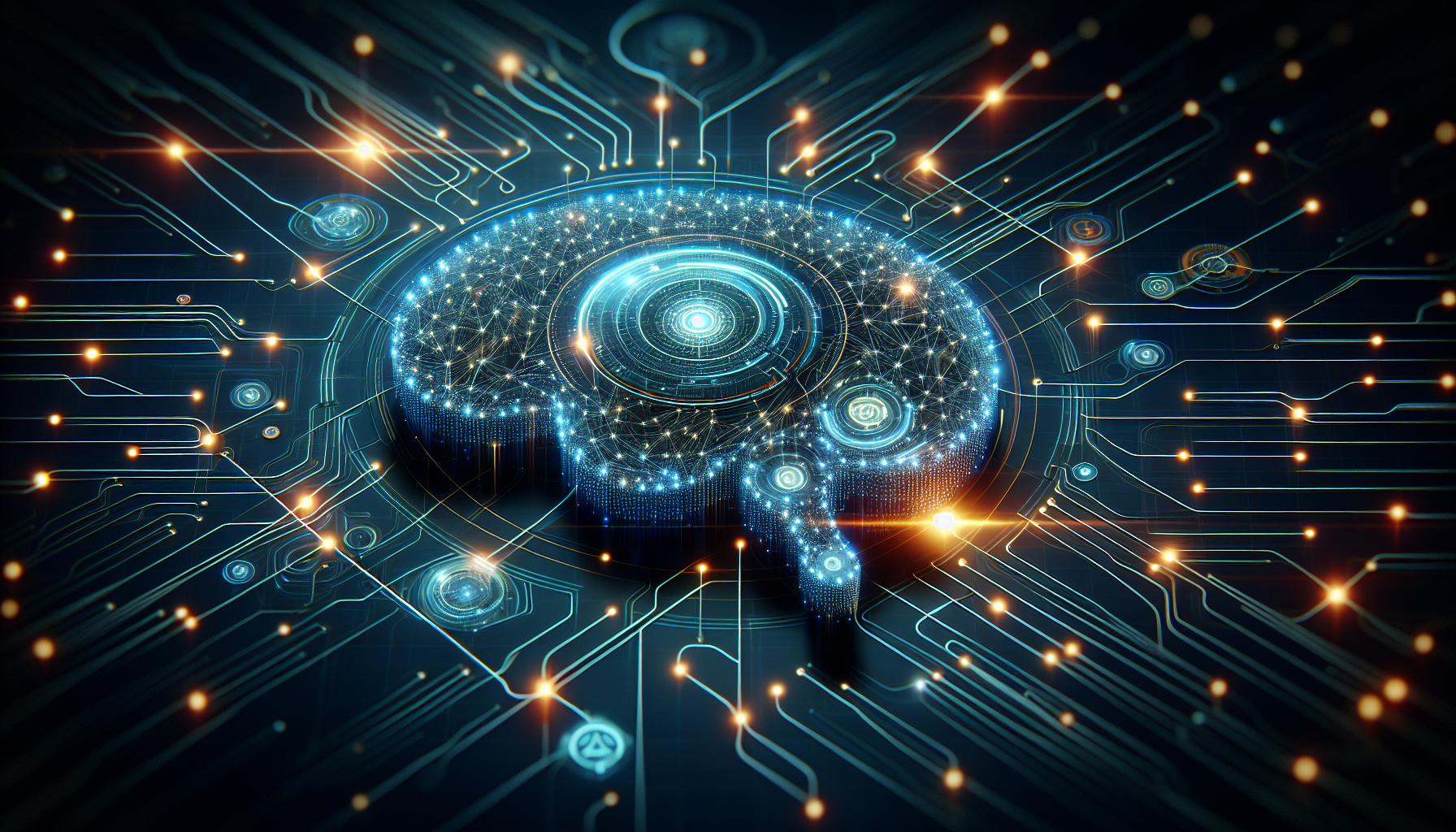Proactive AI Safety Systems: Predicting and Preventing Real-World Risks
Introduction
As the world becomes increasingly interconnected, the importance of safety and risk management cannot be overstated. Proactive AI safety systems are revolutionizing the way we approach safety by leveraging artificial intelligence to predict and prevent real-world risks. By continuously analyzing data, identifying hazards before they escalate, and enabling rapid, preventive interventions, these systems are transforming the way we protect people and assets across industries.
Key Capabilities and Approaches
Proactive AI safety systems are built around several key capabilities and approaches that enable them to effectively predict and prevent real-world risks.
Real-time Monitoring & Alerts
AI-driven sensors and software monitor environmental conditions, machinery, and human behavior around the clock, issuing immediate alerts when unsafe patterns or anomalies are detected. This allows for swift intervention before incidents occur.
Predictive Analytics
Machine learning models analyze current sensor data, historical incident reports, and behavioral trends to predict potential risks. This enables organizations to implement targeted preventive measures, rather than waiting for accidents to happen.
Context-aware Risk Assessment
Personal safety systems use data from mobile and wearable devices to assess individual safety status, recognize deviations from typical behavior, and analyze context (location, movement, ambient conditions, crime statistics). When risks are identified, the system may suggest alternate routes, prompt safety check-ins, or recommend immediate protective actions.
Customizable Protocols
AI safety technologies are adaptable to the unique requirements of different workplaces or personal environments. Safety rules and dashboards can be tailored, and the system learns over time to refine protocols for changing conditions.
Enhanced Human-AI Collaboration
AI systems support human supervisors by maintaining unfaltering vigilance, reducing errors due to fatigue or distraction, and ensuring no hazard goes unnoticed.
Optimized Resource Allocation
AI analyzes project schedules and site conditions to deploy resources efficiently, reducing congestion and minimizing hazards in high-risk industries.
Advanced Training
AI-powered VR and AR simulations provide immersive safety training, improving situational awareness and decision-making for workers.
Predictive Maintenance
AI detects early signs of equipment failure from sensor data, enabling timely maintenance and preventing accidents caused by malfunction.
Industry Impact
The impact of proactive AI safety systems is being felt across various industries, resulting in significant improvements in workplace safety and personal protection.
Workplace Safety
Companies report fewer accidents, reduced compensation claims, and lower regulatory fines due to proactive incident prevention.
Personal Safety
Individuals receive real-time, context-aware safety guidance, such as route changes or emergency contact prompts, directly on their mobile devices.
Limitations and Considerations
While proactive AI safety systems offer numerous benefits, there are limitations and considerations that must be addressed.
Data Quality and Integration
Proactive AI safety is most effective when systems are continuously updated with high-quality data and integrated with human expertise.
Privacy and Ethical Concerns
Privacy and ethical concerns arise when monitoring personal behavior or sensitive environments, requiring careful handling of data and transparent protocols.
Conclusion
Proactive AI safety systems represent a major shift from reactive to predictive risk management, harnessing continuous data analysis and machine learning to identify, assess, and mitigate safety risks before they manifest. This results in safer workplaces, enhanced personal protection, and substantial cost savings for organizations. As AI continues to evolve and improve, it is essential that we prioritize the development and implementation of proactive AI safety systems to create a safer, more secure future for all.
Additional Resources:
For more information on AI-powered innovations, check out our article on AI-Powered Virtual Labs Revolutionize Drug Discovery and Disease Research.
Read Next
- AI and GDPR: GDPR Rules for Companies To Implement AI
- Microsoft’s Majorana 1 and Neutral-Atom Qubits: Ushering in a New Era of AI Hardware
- "DeepMind’s Aeneas AI Revives Lost History by Restoring Ancient Inscriptions"
- How AI DAO Engagement Analysis Strengthens Web3 Communities
- What Makes An AI Agent Good?

